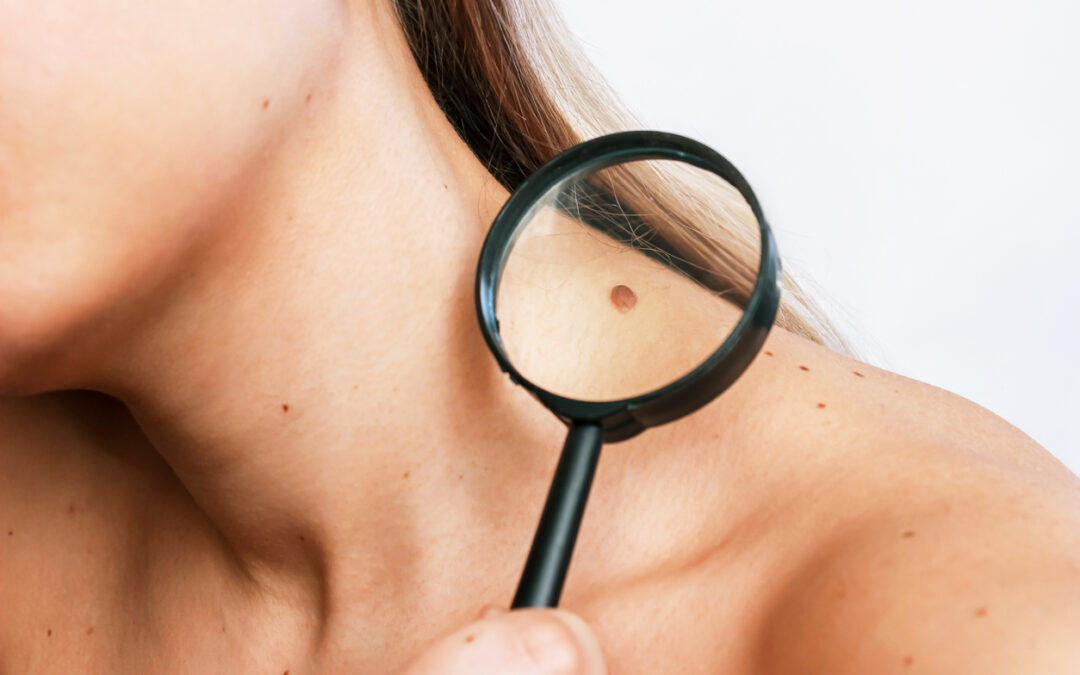The human skin is a marvel, with its complex structure and ability to protect us from various external factors. One intriguing aspect of our skin is the presence of moles. Moles are common, and most people have at least one. However, not all moles are the same, and understanding the different types of moles can be crucial for your skin health.
Moles, scientifically known as nevi, are small patches on the skin formed by clusters of pigmented cells. They are usually harmless but can sometimes develop into a serious condition like melanoma, a type of skin cancer. That’s why it’s essential to understand the types of moles and how to identify any changes that might signal a problem.
There are several types of moles that can appear on our skin. Some of the most common ones include congenital moles, acquired moles, and atypical (or dysplastic) moles.
Congenital
Congenital moles, as the name suggests, are present at birth or appear within the first year of life. They vary in size and can be found anywhere on the body.
Acquired
Acquired moles, on the other hand, develop later in life, typically before the age of 30. These types of moles are usually smaller and tend to be caused by sun exposure.
Atypical (or Dysplastic)
Atypical moles, also known as dysplastic nevi, are larger than ordinary moles and have irregular shapes and coloration. These types of moles may pose a higher risk for melanoma, especially if there’s a family history of the disease.
While most moles are harmless, it’s crucial to monitor them for any changes. This includes changes in size, shape, color, or texture, as well as any itching, bleeding, or pain. If you notice any of these changes, it’s important to consult with a dermatologist. At White Rock Dermatology, our team of experienced dermatologists is dedicated to providing extraordinary care and personal attention to all your dermatological needs.
Understanding the different types of moles and their characteristics is the first step towards maintaining healthy skin. Regular self-examinations combined with annual dermatological check-ups can help ensure that any potential issues are detected and addressed early.
Remember, your skin tells a story. Make sure it’s one of health and well-being by staying informed about the types of moles and practicing proactive skincare. For more information or to schedule a consultation, contact us at White Rock Dermatology. We’re here to help you keep your skin healthy and beautiful!
Understanding the types of moles and being aware of the changes in your skin can play a significant role in early detection and treatment of skin conditions. Whether they are congenital, acquired, or atypical, all moles require your attention. Stay vigilant, stay informed, and remember, we at White Rock Dermatology are always here to assist with all your skincare needs!


Recent Comments